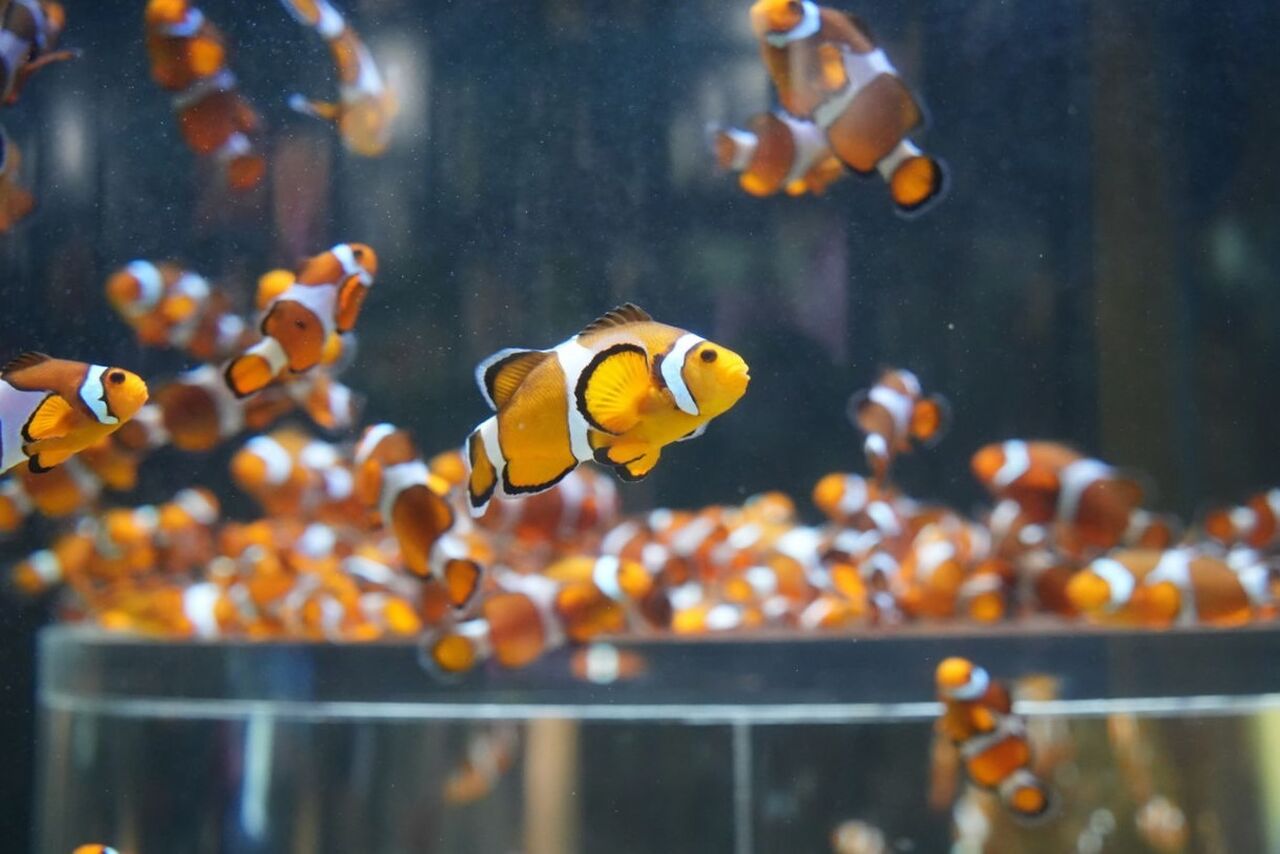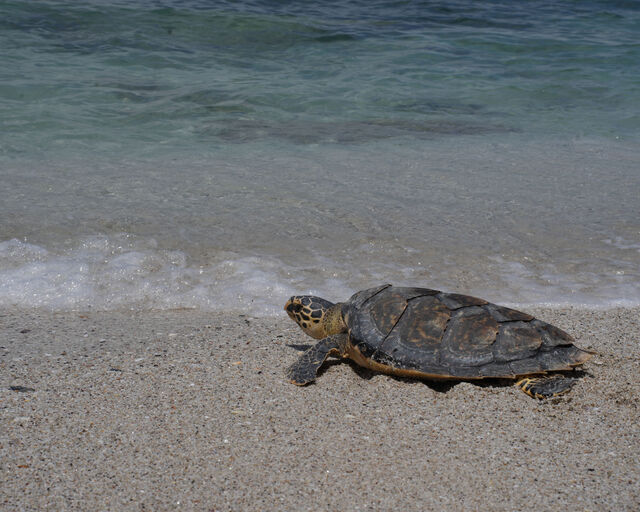Here at the Two Oceans Aquarium, we love all of the animals in our care and understand that they all possess different traits which make them special and unique. For some animals, all it takes is their bright colours to catch our visitor's eyes! Let's take a look at a few of our bright-coloured beauties:
Devil firefish
These beautiful fish are native to our Indian Ocean coast. While they are spectacular to look at, you do not want to mess with a devil firefish when it feels threatened. When the fish feel as if they're under threat, they raise their dorsal spines and can inject powerful venom - although this is purely a defensive weapon, intended to prevent larger fish from biting them.
Despite their ferocious defences, devil firefish are actually ambush predators, usually eating small fish, crabs, shrimp and squid.
Western clownfish
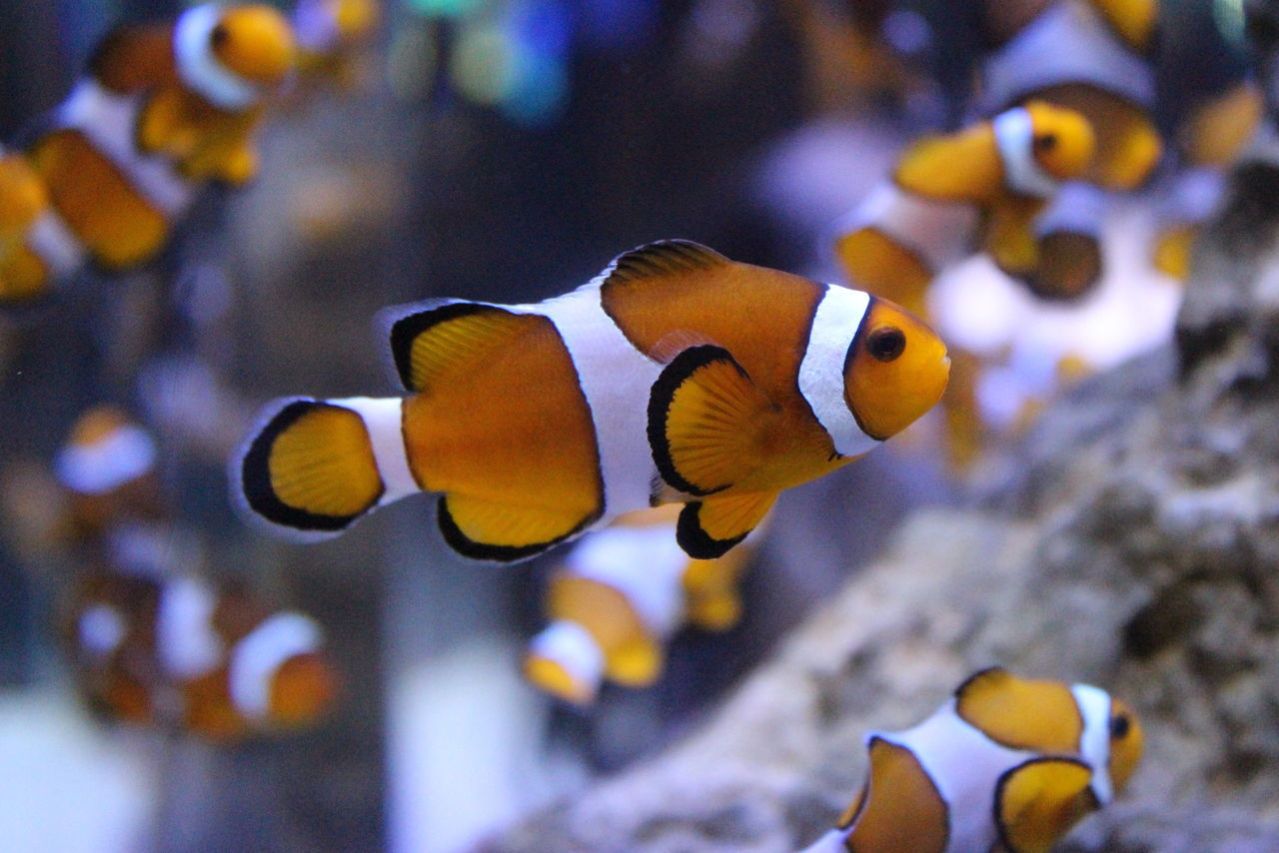
Not only do their bright colours almost immediately grab your attention, but ever since the release of Finding Nemo is 2003, the Western clownfish, or as they're more popularly known, the nemos, have been a consistent Aquarium hit!
In their natural habitat, these fish live in a mutually symbiotic partnership with anemones. While most fish avoid anemones because of the stinging cells in their tentacles, the clownfish is coated with protective mucus, which enables it to swim freely in and around the anemone. In this way the clownfish is protected from predators and in turn, the clownfish protects its host anemone from butterflyfish and other predators that eat anemones. They keep the anemone free of dirt and debris.
Mantis shrimp
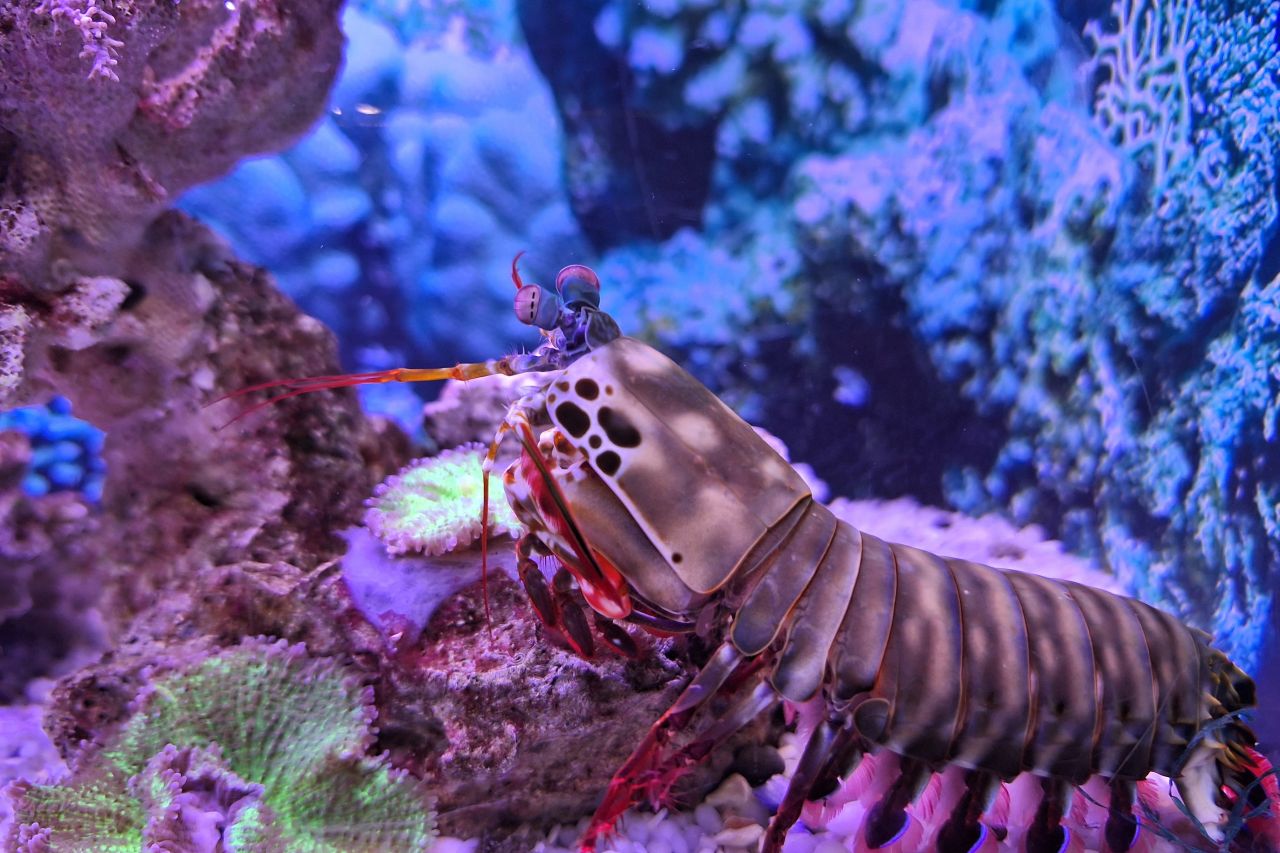
Mantis shrimps are so named because of their similarity to praying mantises. Twenty-five species of mantis shrimp occur off southern Africa, mostly in tropical waters. They live in burrows or in rock and coral reef crevices and aggressively defend their territories against intruders.
Mantis shrimps are highly specialised predators, either ‘spearing’ or ‘smashing’ prey with large grasping limbs. ‘Spearers’ hunt by ‘spearing’ soft-bodied prey e.g. shrimps and small fishes with a swift upward lunge of a barbed ‘finger’ on the grasping claw. ‘Smashers’ strike and disable their prey e.g. crabs and molluscs by using the reinforced heel of the grasping limb. The force behind the strike is similar to a small-calibre bullet and can easily crack the glass of an aquarium!
Bellowsfish
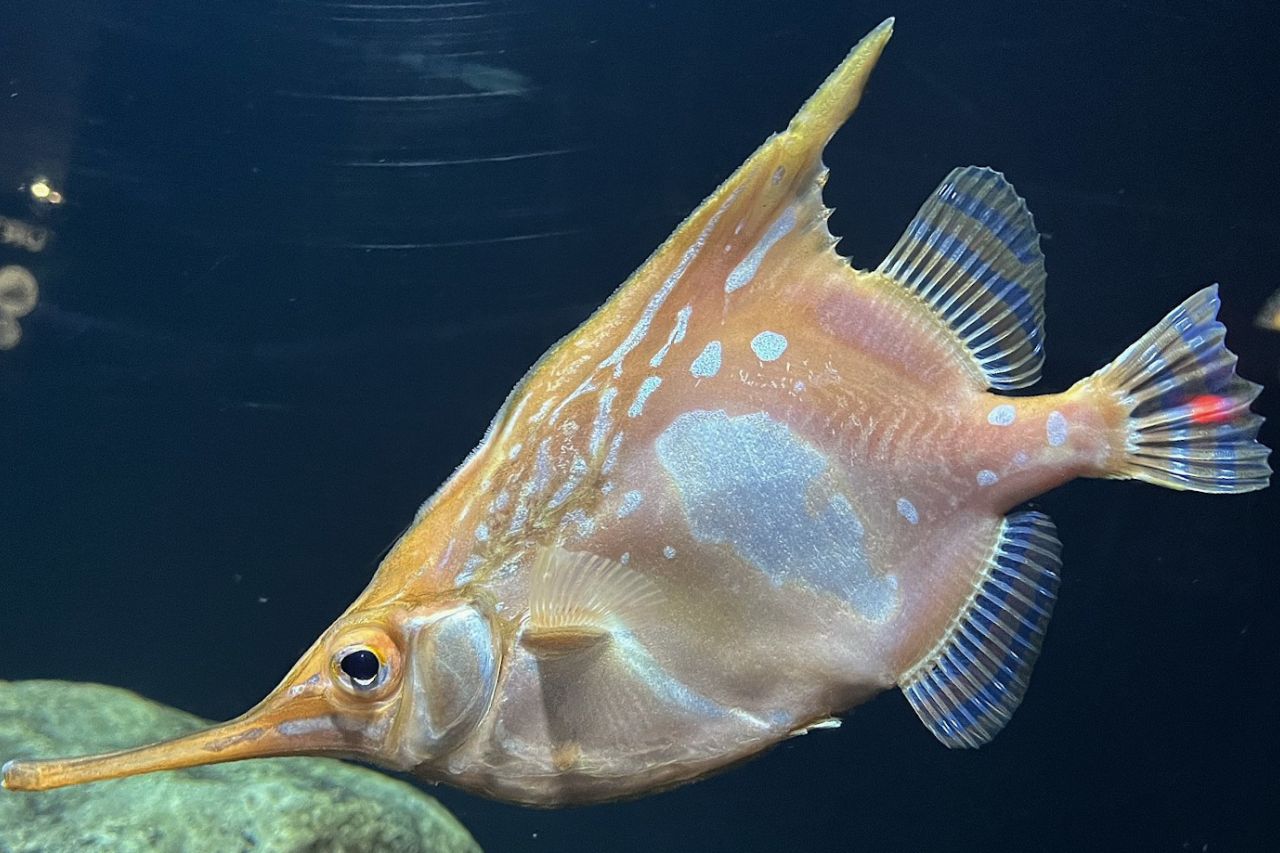
Bellowsfish appear similar to the snipefish we saw earlier, although prefer deeper waters, living in the Southern Ocean up to half a kilometer deep.
These fish are quite easily identifiable by their large eyes, elongated snouts, laterally flattened bodies and adaptive colouration, which enables them to hunt. Bellowsfish feeds on zooplankton and tiny bottom-dwelling crustaceans.
Jellyfish
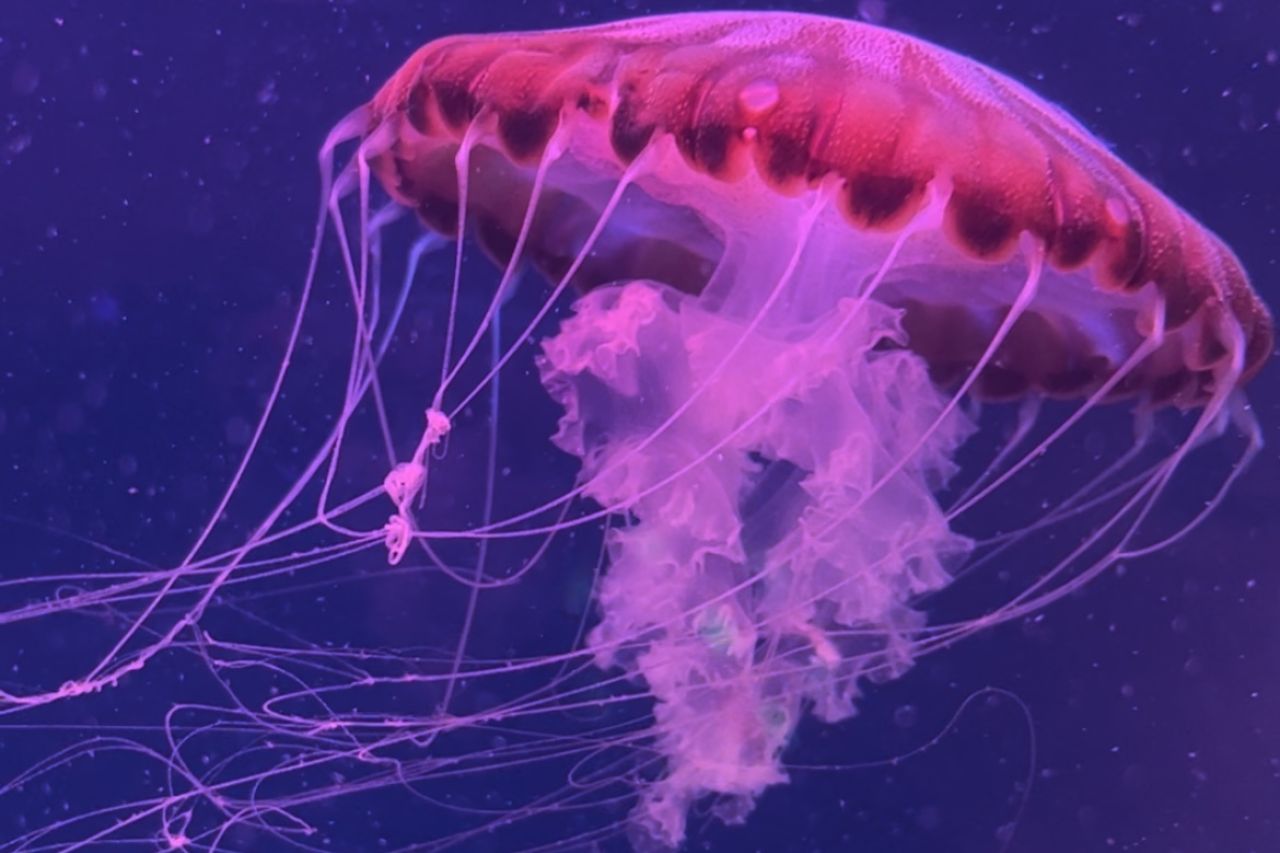
Jellyfish are ancient, appearing about 600 million years ago in the fossil record as one of the first complex animals on our planet. They typically live between three to nine months, although some can live for longer.
If you’ve visited the Two Oceans Aquarium, then you know that the jellies in our Jelly Gallery are among the most majestic animals to look at. If you haven’t popped in yet, we suggest you come and check them out ASAP! Anyway, jellyfish, while being fun to stare at, are more than just aesthetically pleasing. These beauties are quite complex and possess some interesting traits that many people do not know about.
Related News
Sign up to our Newsletter
Receive monthly news, online courses and conservation programmes.
